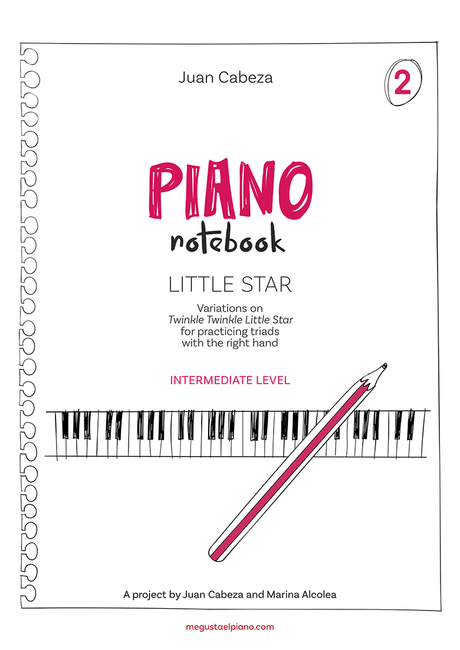
Today, the second issue of Piano Notebook is on sale. For those of you who don't know what this project is about, you can visit my post about the first publication in the series. Before I begin, I also wanted to take the opportunity to let you know that my great friend Marina Alcolea has definitely embarked on this project. Between the two of us, we will write all the Piano Notebook books. In this post I will briefly describe this new publication.
Piano Notebook 2: Little Star
Three note major and minor chords (triads) are part of the basic vocabulary of music. This publication aims to provide stimulating and pedagogical materia l so the student can interpret, recognize and understand these chords and their different possibilities.
Piano Notebook 2 contains:
* 20 variations of Twinkle Twinkle Little Star using three note chords or arpeggios in the right hand.* 10 audiofiles with examples of some of the variations.
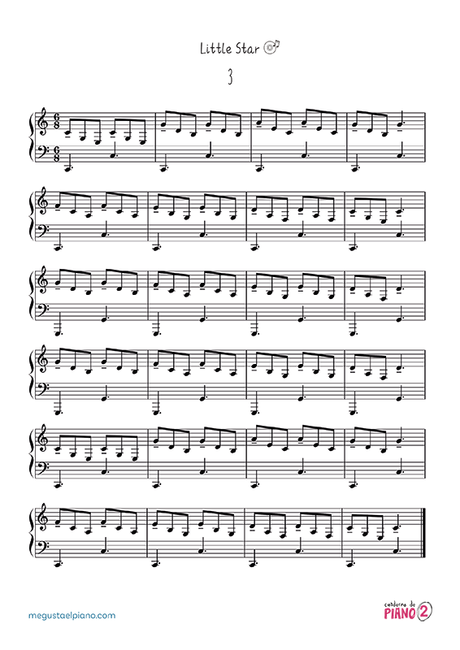
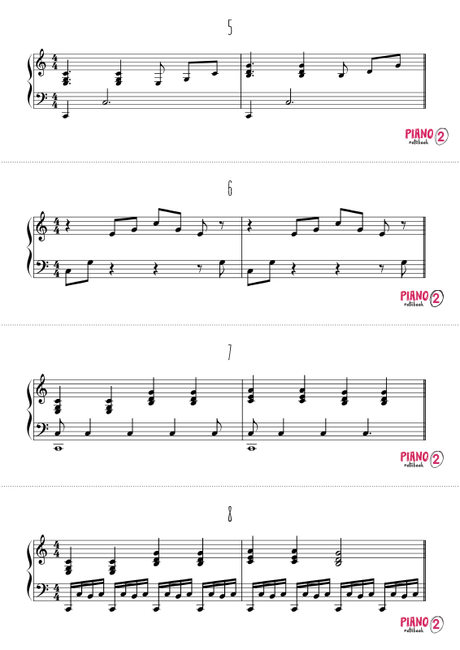
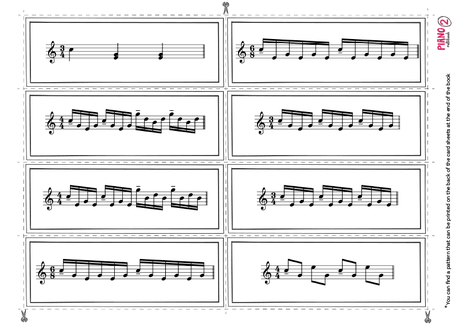
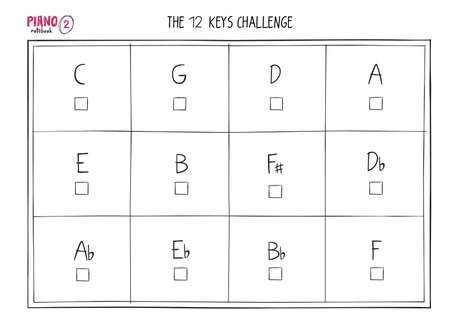
Ways to use Piano Notebook 2
All the pieces and patterns presented in this book are based on combinations of two main ideas. On the one hand, the left hand performs a pedal point or drone on the tonic in the A section and on the dominant in the B section. Meanwhile, the right hand plays the melody with chords or arpeggios, maintaining the same pattern throughout the entire piece. The simple design of the left hand allows the student to concentrate on the different ways of playing the different chords and arpeggios and to highlight the melody of the piece.
20 ways of playing Twinkle Twinkle Little Star are proposed in the first part of the book using the premises explained above (left hand: pedal point or drone, right hand:melody with chords or arpeggios). In this way, the pieces can be played as they are written.
40 two-bar patterns are proposed in the second part of the book to get a start on the piece. They can be chosen at random and the student can then play the entire piece based on the proposed beginning. You can also choose a pattern for the A section and a different one for the B section (with the same meter). Or the teacher plays the beginning and the student guesses the pattern by ear and selects the corresponding card.
Single-bar patterns are also separate-handed and can be used in combination with each other (those with the same meter). You can also use different cards for sections A or B or use them to work on ear training activities.
In both the proposed two-bar and single-bar patterns, some blank cards are included so that the teacher or student can write their own patterns.
A chart is included at the end of the book to keep a record of the keys the student has practiced in case you want to work on transposing the pieces to other keys.
People interested in this publication can buy it in the store of this blog. You can also join the Facebook Piano Notebook group where we will share videos with ideas on various activities that can be done with the different materials in the notebooks. Finally, if you have any questions about this or future materials, you can contact me through the email [email protected].
